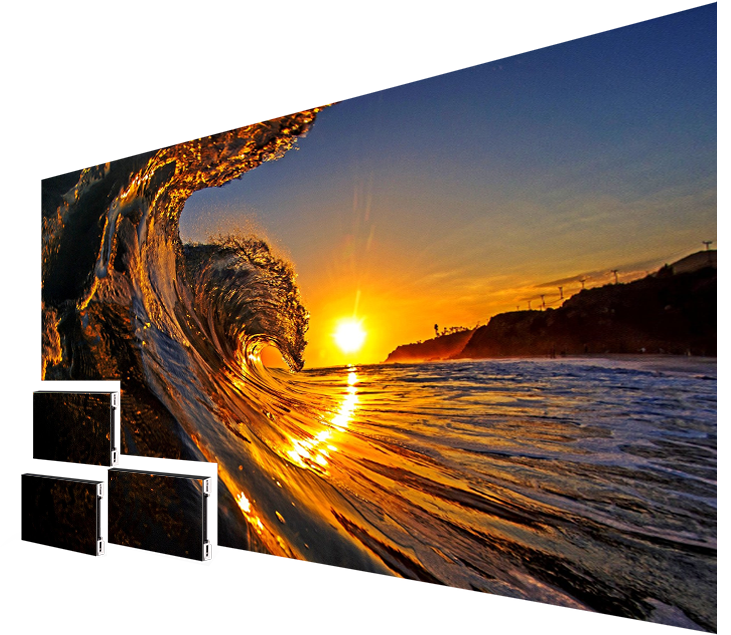The initial step in guaranteeing color accuracy is comprehending how LED technology works. LEDs, or light-emitting diodes, produce light in various colors by combining red, green, and blue (RGB) light. Each pixel on an LED screen is made up of these three colors. When tuned correctly, the combination of RGB can create a broad range of hues. However, if one color is too bright or too dim, it can distort the entire screen. This is why calibration is necessary to balance the colors and reach the desired graphic effect.
Tuning involves modifying the configurations of the LED screen to make sure that the colors shown match the original material as closely as possible. This procedure usually includes using specific software and hardware tools. Technicians often use color measurement devices, Check This Out such as color meters, to examine the colors being displayed. By contrasting the assessed hues to standard color standards, they can make precise adjustments. This guarantees that the colors are not only lively but also consistent across the entire display.
Another important factor of color accuracy is understanding the surroundings in which the LED screen is used. Elements such as ambient light can considerably impact how hues appear. For example, a well-lit lit room may wash out hues, making them look less vibrant. To counteract this, technicians may adjust the luminosity and contrast configurations of the LED wall. Additionally, they may select particular color profiles that are better appropriate for various lighting environments. This flexibility helps maintain color precision irrespective of the observing surroundings.

Finally, regular maintenance and re-tuning are essential for maintaining an LED screen looking its best. Over time, the performance of LEDs can alter due to elements like aging and temperature fluctuations. Frequent checks and adjustments can help ensure that the hues remain correct and vibrant. By investing time in proper calibration and maintenance, venues can provide audiences with breathtaking graphic presentations that improve their total experience. Mastering color accuracy in LED screen calibration is not just a technical job; it is an art that contributes to the magic of visual narration.